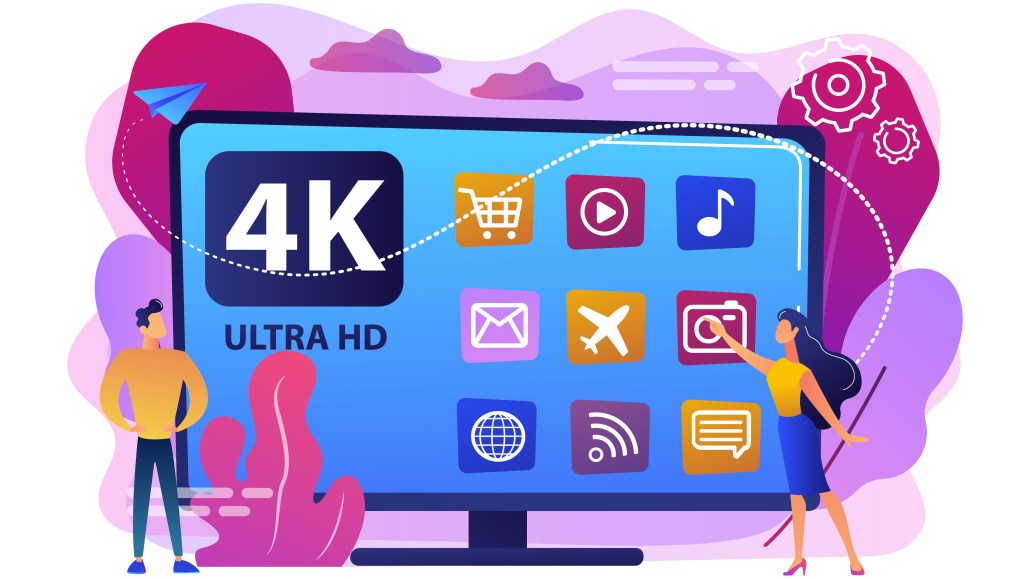
Streaming is how the world watches, and marketers and media buyers have responded aggressively, shifting budgets to follow consumers to smart TV platforms, where most of that viewing happens.
An IAB study shows that 59 percent of buyers are boosting their CTV budgets this year. Our own data shows that 84 percent of Samsung Smart TVs in North America are streaming; in Europe, it’s 89 percent.
The smartest buyers are learning CTV can be about much more than chasing eyeballs. It’s about changing behavior. Here are four core connections between data and TV marketing tactics, each based on our partners’ brand case studies.
Connection 1: Leverage first-party data to reach new prospects
A financial services company wanted to drive awareness for one of their offerings. But they wanted only new prospects, not the customers they already have.
By creating lookalike prospects based on the consumer profile that the advertiser wanted to reach, the campaign leveraged the advertiser’s first-party data, ensuring that the advertising reached only new prospects. Their success illustrates what marketing teams can accomplish when buyers — or advertisers — connect their first-party data to the CTV buy.
Connection 2: Use TV to drive web visits
Once the right prospects are lined up, advertisers can take even more advanced steps — why stop at awareness? Taking data-driven insights further, brands can also compare website visits, identifying people who saw the ad versus people who didn’t.
For example, the financial services campaign saw a 272 percent lift in website visits to the company’s website among visitors who saw the ads — in this case, measured on Samsung Ads — versus those who didn’t.
Connection 3: Use TV to drive results in the physical world
While it’s great to send people to an e-commerce site, sometimes brands need people to go to their stores or restaurants.
For example, a quick-serve restaurant (QSR) advertiser wasn’t sure they were reaching everyone they needed to, so the marketing team turned to the data to help find the audience they were missing. Targeting households unexposed to linear, the campaign delivered 60 percent incremental reach — in one market, in Indiana, it achieved 460 percent of incremental reach).
“Can we reach more people who watch Spanish-language programs?” the brand manager wondered. The data empowered them to achieve that goal, too. In the end, the campaign delivered almost 2.5 million QSR store visits and a behavioral lift that was 81 percent above the advertiser’s benchmark. The QSR success story helps prove the case: If brands do CTV right, they can drive people off the couch and into the drive-through.
These tactics can also be combined with first-party data. In another example, one healthcare client deterministically matched their highest value audience using their first-party data with the first-party automatic content recognition (ACR) data that smart CTV brings into play. Combining the two, they geo-targeted audiences near their retail stores. The approach reached twice as many high-value net-new households as the brand ever expected.
Connection 4: Reach the right consumers in the right markets
At one national brand, every top executive grew up learning how to drive results with big-budget mass TV buys. There are times when that’s still the best way to buy media — but it’s far from the only path to success.
Example: A pharmaceutical turned to a particularly smart methodology to determine which designated market areas (DMAs) they should prioritize. It’s not how they were used to thinking about TV or even CTV, but that’s exactly the point: The more the marketing team stretches its thinking, the more it can similarly stretch the budget and boost results.
The economic recovery over the next few years is likely to be uneven. Some markets will get back to normal faster than others. Connected TV can do an amazing job of filling in the gaps of a brand’s reach, with all the scale and ease of buying that marketers demand. There’s nothing wrong with buying CTV as an extension of linear. But, for brands that want to drive even bigger and better results, they should make sure they’re leveraging connections like the examples above for all they’re worth.
More from Digiday

Omnicom confirms the pending exit of influential Annalect chief Slavi Samardzija
The CEO and architect of Omni departs, hinting at pending changes as Omnicon continues $13.5 billion IPG takeover bid.

Zero-click search is changing how small brands show up online — and spend
To appease the AI powers that be, brands are prioritizing things like blogs, brand content and landing pages.

From sidelines to spotlight: Esports events are putting creators center stage
Esports events’ embrace of content creators reflects advertisers’ changing priorities across both gaming and the wider culture. In the past, marketers viewed esports as one of the best ways to reach gamers. In 2025, brands are instead prioritizing creators in their outreach to audiences across demographics and interest areas, including gaming.





